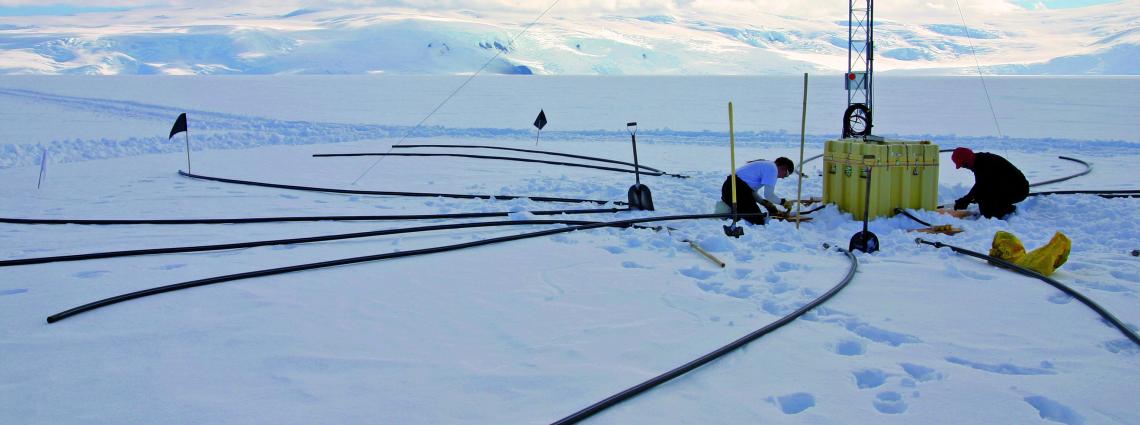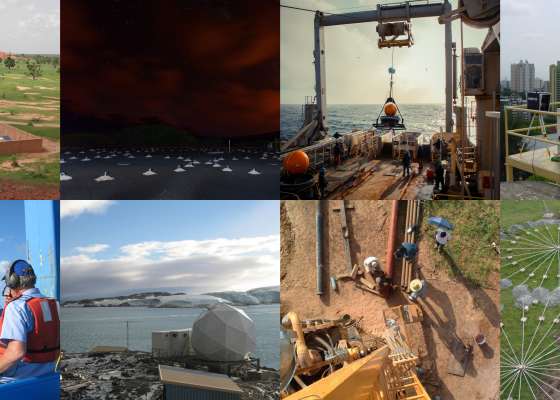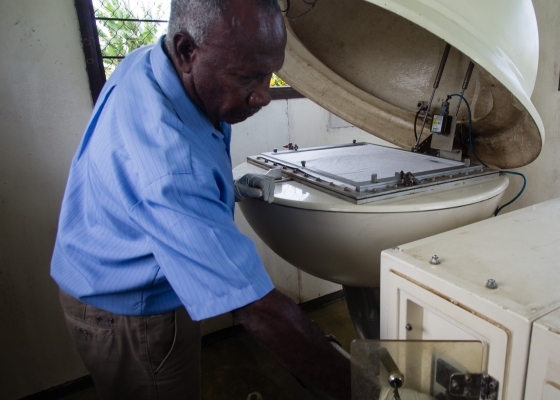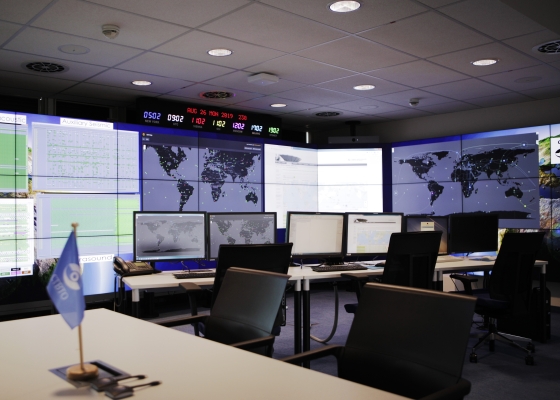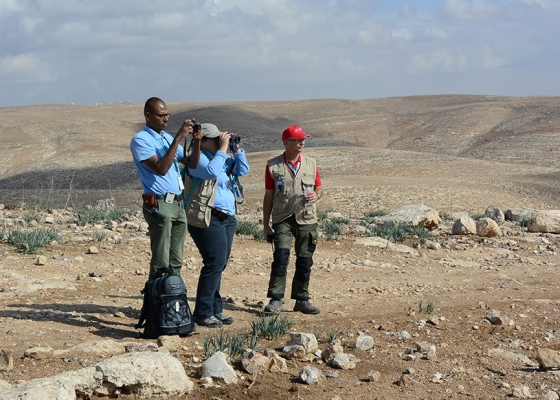Overview of the verification regime
The Comprehensive Nuclear-Test-Ban Treaty (CTBT) prohibits all nuclear explosions, whether they are conducted for military or non-military purposes, no matter how high or low their yield.
To monitor compliance, its unique verification regime is designed to detect any nuclear explosion conducted anywhere – underground, under water or in the atmosphere.
The regime consists of three main components.
The International Monitoring System (IMS)
The high-technology International Monitoring System (IMS), which spans the globe with more than 300 facilities using four state-of-the-art technologies to detect any sign of a possible nuclear test.
IMS seismic stations monitor shockwaves through the ground; its hydroacoustic stations detect sound waves in the oceans; infrasound stations listen for ultra-low-frequency sound waves inaudible to the human ear; and radionuclide stations monitor the atmosphere for radioactive particles and gases from a nuclear explosion.
In addition to these 321 monitoring stations, 16 radionuclide laboratories help to identify radioactive substances.
Around 90 percent of the 337 IMS facilities designated by the Treaty are already up and running and the system has proven its effectiveness, detecting all of North Korea’s declared nuclear tests as well as a plethora of natural and non-natural phenomena.
IMS data also yield additional benefits that can help save lives and expand scientific knowledge, from supporting faster public tsunami warnings to tracking radioactive releases from a nuclear accident. Researchers can access selected data to better understand the natural world, from whale behaviour to climate change or the timing of monsoon rains.
International Data Centre (IDC)
The International Data Centre (IDC) collects and analyses data to share with Member States.
Based at the CTBTO’s headquarters in Vienna, the IDC receives data 24/7 from the global IMS network of monitoring stations, and distributes it to Member States in both raw and analysed form.
A highly complex automatic process screens the mass of available data for relevant events, identifying factors such as their location and size. IDC experts review these results to ensure reliable and comprehensive information is provided to Member States, conducting further analysis as needed.
Member States received information about the location, magnitude, time and depth of North Korea’s declared nuclear tests within just two hours.
On-Site Inspections (OSI)
The ability to conduct On-Site Inspections (OSI) once the CTBT enters into force, to look for evidence on the ground.
On-site inspections are considered the final verification measure.
After entry into force, any Member State will be able to request an on-site inspection if IMS data indicate a suspected breach of the Treaty. An international team of inspectors can then be dispatched to collect further facts to verify whether a nuclear test has taken place.
These three components are currently addressed respectively by the IMS, IDC and OSI Divisions of the CTBTO Provisional Technical Secretariat.
The CTBT verification regime also includes the following mechanisms:
Consultation and clarification
This process, which will be available to Member States after the Treaty’s entry into force, allows a State to request clarification directly from another State or through the Executive Council. Member States can also request information from the Director-General of the CTBTO. A State that received such a request has 48 hours to clarify the event in question.
Confidence-building measures
These notifications serve two purposes. First of all, they contribute to the resolution of any eventual misinterpretation of verification data so that for example a large mining explosion is not initially thought to be a nuclear explosion. Secondly, they assist in the testing and fine-tuning of the IMS network.
